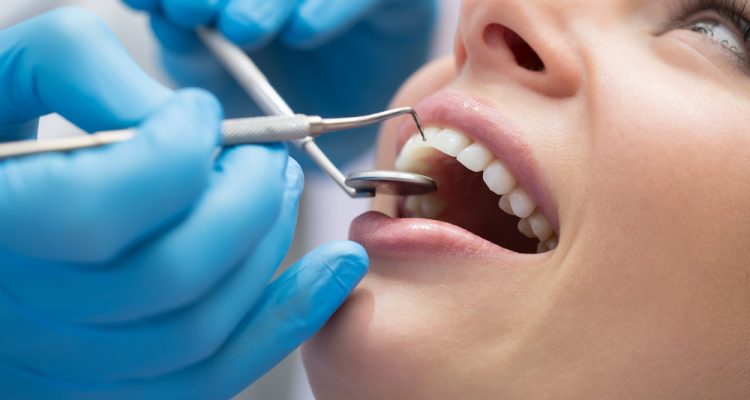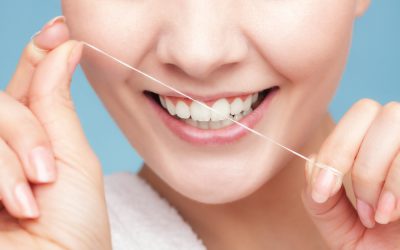Are craze lines driving you crazy with worry? It’s normal to feel concerned when you notice lines running up the front of a tooth – you may be worried your tooth is fractured, decayed, or damaged. However, these lines are only cosmetic imperfections. Craze lines are defined as small, vertical hairline cracks that only affect the outer enamel on a tooth.
Craze lines are one of five different types of tooth cracks classified by the American Association of Endodontists (AAE). They are the least damaging type of crack – in fact, they cause no damage to the tooth at all. They are common, not painful, and usually require no treatment.
The underlying cause is too much bite force placed on the teeth – they can form naturally after many years of chewing. Most adults develop craze lines just from normal wear and tear. They can also be the result of trauma sustained to the teeth, from:
- Prolonged teeth grinding and clenching
- An uneven bite pattern
- Fingernail biting
- Cutting or ripping open objects with teeth
- Chewing on non-food objects
- Chewing on frozen foods and ice
- Tongue rings
- Sudden, extreme temperature changes (like taking a sip of hot coffee after eating cold ice cream)
- Trauma (like being hit in the mouth during contact sports)
- Previous dental drillings in the tooth
You may have craze lines already and not even know it; in the beginning, the cracks are very faint. Over time, they become more visible from eating and drinking substances that get trapped in the cracks and leave stains. Coffee, red wine, soda, and tea all cause teeth staining. Smoking and use of other tobacco products cause staining as well.
Hairline cracks only require treatment for cosmetic purposes – if their visibility makes you feel self-conscious, there are a few solutions for reducing the appearance of craze lines. Whitening treatments – either at-home or performed in your dentist’s office – can help lighten the lines. Your dentist can also apply veneers to cover the cracks. If the enamel cracks are deep or large enough, they can be filled in with composite resin. Know that craze lines cannot be removed entirely – at best, they can be covered or lightened.
If the appearance of hairline cracks worries you, you’re not alone. Here, we answer some of the most common questions about these cracks:
- Do craze lines indicate that my tooth is weak and will continue to crack? It’s normal for adults to have craze lines, from normal biting and chewing over time. Your outer and inner enamel is an incredibly strong material, and hairline cracks do not place your teeth in further danger of becoming damaged.
- Can craze lines cause cavities? Unfortunately, we can’t give a firm no – but it’s not likely. In some cases, the cracks will be deep and large enough that tooth decay can develop around them.
- How do I know if my tooth has craze lines or a deeper crack? A crack that extends past the outer enamel and into the dentin or tooth nerve will be symptomatic. You will experience pain or sensitivity during chewing, biting, or while eating and drinking hot and cold foods. On the other hand, cracks in the enamel are asymptomatic.
In most cases, craze lines are harmless and painless. However, if you notice that a crack is growing or becoming painful, contact your dentist right away.
Having regular dental cleanings is another way to remove stains from your teeth and prevent craze lines from becoming visible. If it’s time for your regular dental cleaning and oral exam, contact Boyett Family Dentistry today to schedule an appointment.





